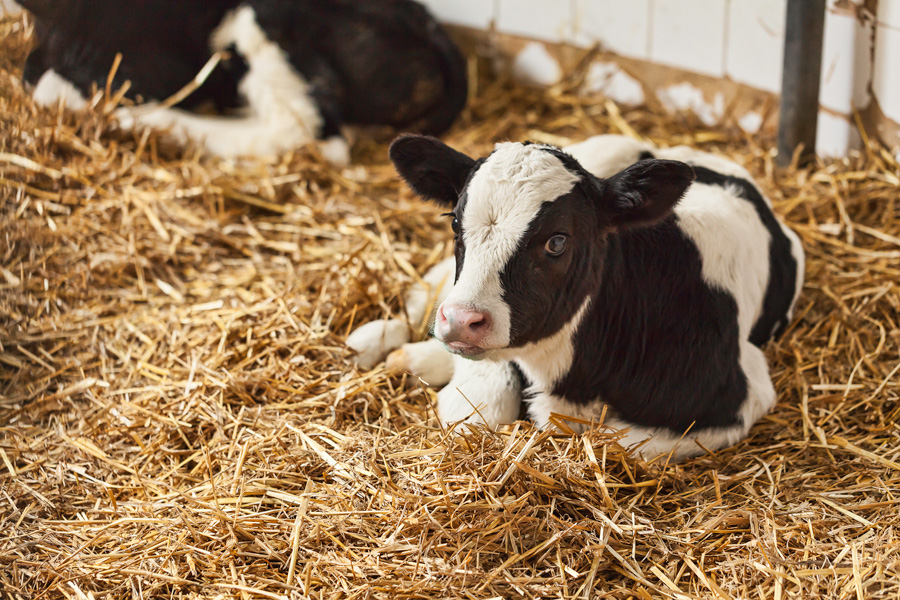
Prevalence of mastitis in dairy goats ranges between 5% and 30%, with Staphylococcus spp., otherwise known as the coagulase-negative staphylococci, identified as the most frequent cause of infection. These staphylococci produce persistent subclinical mastitis with markedly elevated somatic cell counts (SCC), which may lead to clinical symptoms.
Prevention is the key to controlling staphylococcal mastitis in dairy goats, as once this disease becomes established, chronic inflammation of mammary tissues and elevated SCC will follow, resulting in reduced milk yield and quality. This publication discusses proper husbandry practices and sanitation methods that can be implemented by producers. The results of two vaccine trials as a potential means to control mastitis in ruminants are also presented and discussed.
Vaccination should only be included as part of the whole herd approach to mastitis control. Any vaccination program must be carried out in conjunction with other proper management practices.

Published by University of Georgia Cooperative Extension. For more information or guidance, contact your local Extension office.
The University of Georgia College of Agricultural and Environmental Sciences (working cooperatively with Fort Valley State University, the U.S. Department of Agriculture, and the counties of Georgia) offers its educational programs, assistance, and materials to all people without regard to age, color, disability, genetic information, national origin, race, religion, sex, or veteran status, and is an Equal Opportunity Institution.
Status and Revision History
- Published on September 17, 2015
What is a Bulletin?
Bulletins represent a major writing effort and cover a broad subject area. They address individual topics in a particular discipline for a specific commodity.
Written and Reviewed by Experts
This resource was written and reviewed by experts. Click below for more information on how we produce science you can trust.






